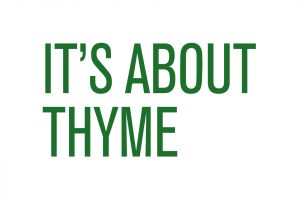By Chris Winslow
One of my favorite house or container plants is the desert rose. This little succulent is part of the dogbane family of flowering plants which includes oleander, mandevilla, vinca and plumeria.
The desert rose (Adenium obesum) is a native of Mauritania, Senegal, Sudan, south through the Arab nations to South Africa, and it simply thrives in our central Texas sunshine and heat. However, like its friends plumeria and vinca, you have to protect them from our cold winters.
So this deciduous, succulent shrub, that can handle our extreme heat and sun with ease, is a perfect choice for our central Texas weather.
I have had a rather large, old specimen at home for years. With the warming weather of spring, I set her out on a deck with full sun exposure. As the days get warmer, I water and feed the plant more frequently. Missing a few days or even a week doesn’t hurt.
These plants have a swollen base known as a caudex. This is where they store water for periods of drought.
During the summer months we are rewarded with pretty flowers. They are tubular and star-shaped with five-petals, similar to the lei-flowers of the plumeria.
As days become shorter and cooler in the fall, the desert rose will begin to shed its leaves and become dormant. I then move my plant indoors and place her near a sunny, south-facing window. There she will stay throughout the winter months, without a drop of water.
With the return of warmer weather and the longer days of spring, out she goes again for another season in the sun.
Older plants will sometimes reward you with a seed pod. Seeds resemble small, hollow toothpicks and are easy to germinate. These desert roses will grow 6 inches tall in the first year. They will continue to grow 6 to 8 inches a year throughout their life. In their native habitat, they can be as tall as 10 feet.
To see photographs of these wonderful plants, google ‘Isle of Socotra’ on your computer and check out some of the images.
They’re easy to grow, with a beautiful flower and plant form. What more could we ask for in a plant? Happy gardening everyone!
If you have a question for Chris, send it via email to iathyme@yahoo.com. Or mail a postcard to It’s About Thyme: 11726 Manchaca Road, Austin, TX 78748 www.itsaboutthyme.com






